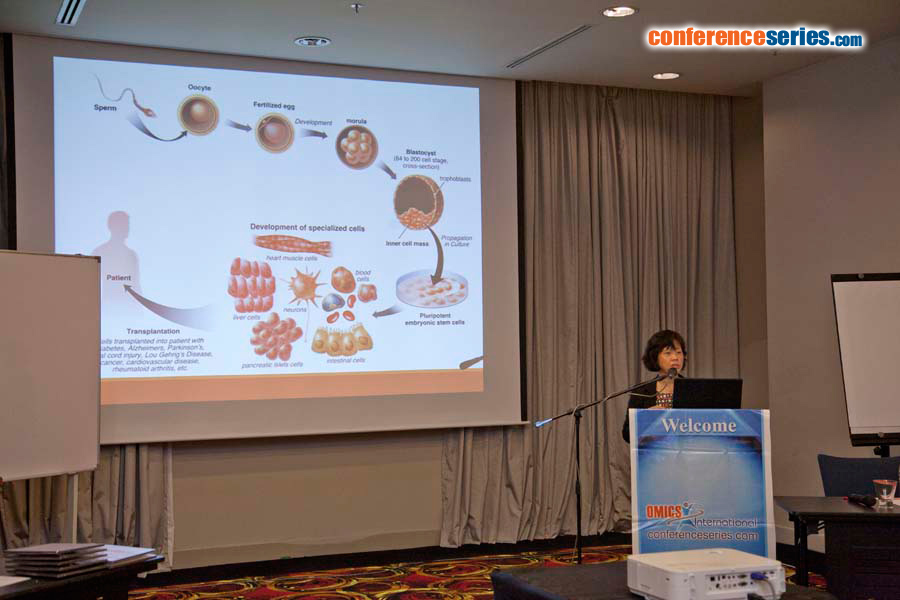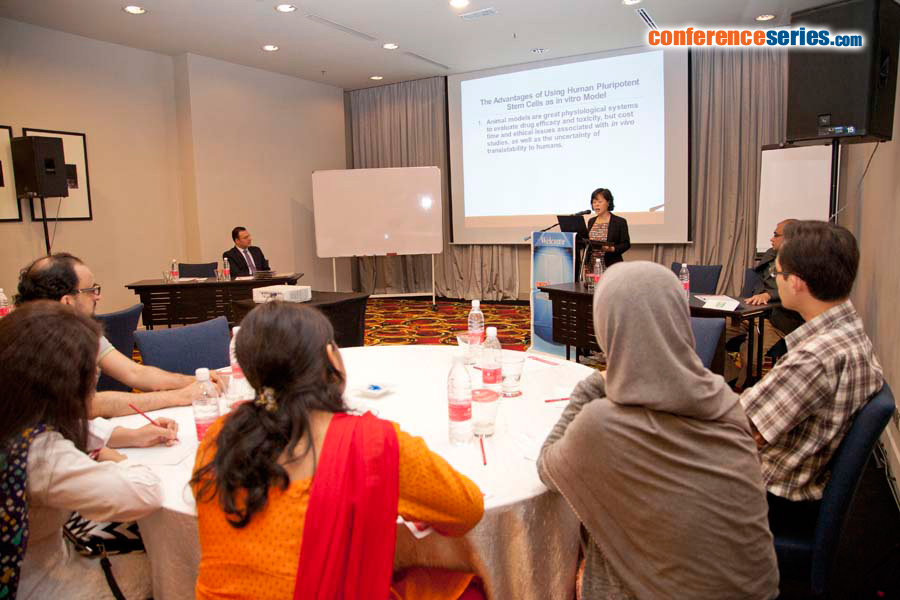
Biography
Biography: Yiling Hong
Abstract
Silver nanoparticles (AgNPs) are used extensively as antimicrobial agents in cosmetics, food products and various medical tools, but little is known about their potential toxic effects. Our aims are to determine the effects of AgNPs embryonic stem cell self-renewal and differentiation, and use stem cell as cellular model for nanotoxicity testing. Our results indicated that AgNPs increased free radical productions and induced cell cycle arrest to stem cell via activation of p53, dephosphorylation of Rb proteins, and altered stem cell factors Oct4 expression. Furthermore we assessed neurotoxicity of AgNPs in human embryonic stem cell (hESC)-derived glutamatergic neurons (hGNs). Studies showed that citrate-coated AgNPs (AgSCs) with a zeta potential of -48 mV induced severe neurotoxicity, damaged neurite extensions and outgrowths and significantly reduced the expression of the neuronal marker MAP2, the post-synaptic density protein PSD95 and the vesicular glutamate transporter 1 at concentrations as low as 0.1 µg/ml. In contrast, polyvinlypyrrolidone (PVP)-coated AgNPs (AgSPs) with a zeta potential of -37 mV only exhibited neurotoxicity at a higher concentration (5 µg/ml). Therefore, our results indicated that proper coating and lower dosages of AgNPs could limit or reduce toxicity. Stem cell is an excellent cellular model to study the toxicity associated with nanoparticle exposure and the pharmaceutical drug screening.




